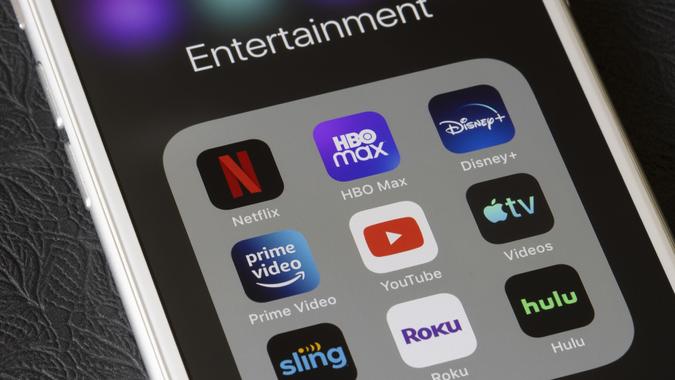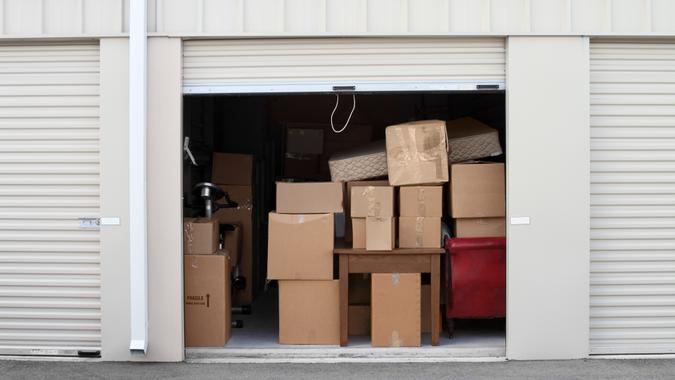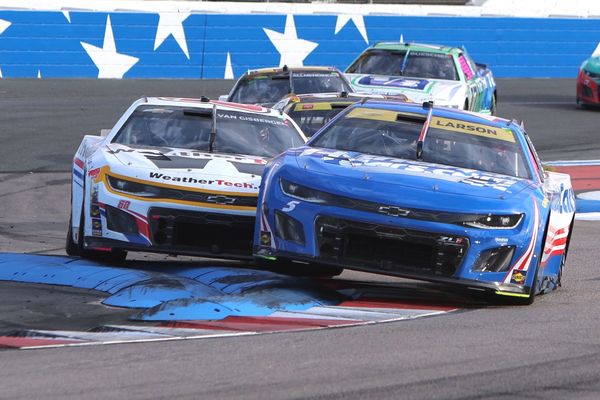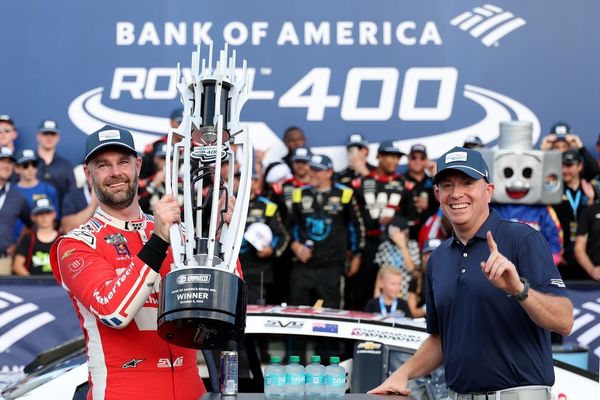
One of the best strategies for getting financially ahead if you don’t have enough saved for retirement is to downsize. Many retirees will downsize their home first and use the cash freed up to relocate to a cheaper city or state.
Find Out: I Asked ChatGPT When I’ll Be Able To Retire Based on My Current Finances — Here’s What It Said
Learn More: 10 Genius Things Warren Buffett Says To Do With Your Money
But what if you downsized your home and it’s still not enough money to fund a comfortable retirement? It may be time to look into downsizing five other items to ensure you have enough retirement income.

Extra Cars
It’s not always feasible to go completely car-free in retirement. If your household has several cars and uses only one, however, it may be a good idea to downsize the vehicles you’re not using.
Doing so will not only help you put the money toward your retirement savings, but it frees retirees up from recurring auto costs like repairs, maintenance and gas spent on these extra vehicles.
Read More: I Asked ChatGPT What Trump’s ‘Big Beautiful Bill’ Means for Retirees’ Taxes — Here’s What It Said
Be Aware: 4 Ways Trump’s ‘Big Beautiful Bill’ Will Change How You Plan for Retirement

Recreational Sports Equipment
There are a few schools of thought worth exploring for downsizing recreational sports equipment. You could always sell items like kayaks or boats in an online marketplace and turn a solid profit, especially if this equipment is in excellent condition.
What if you want or plan to use these items in retirement? Look into renting out your unused sports equipment via a rental marketplace like GetMyBoat. You’ll be able to use the equipment when it’s not being rented out and create an income stream via the rental payments. Val Streif, marketing manager at GetMyBoat, previously told GOBankingRates the average owner earns over $15,000 annually on this app.
Trending Now: 6 Key Signs You’ll Run Out of Retirement Funds Too Early

Streaming Services and Cable TV
The average person spends $75 a month on in-home streaming and entertainment, according to a survey conducted by Equitable. This adds up to spending $900 a year – or more, if you consider the costs for these plans increase regularly.
Review your existing streaming subscriptions and cable TV package to see where you can cut back or cut the cord entirely. If you have an active retirement mapped out with lots of travel and outdoor recreational activities, chances are good you might not need streaming services at all.

Storage Units
Got a storage unit, or units, crammed with all sorts of odds and ends? It may be time to clear out that unit and eliminate its monthly bill.
The monthly cost of a storage unit is anywhere between $70 and $300, according to Move.org data. You could be saving as little as $840 or as much as $3,600 annually. Make a visit to your storage unit and go through your belongings to determine what could be sold off in a garage or estate sale, donated or passed down to grandchildren.

Expensive Habits
Life in retirement has been compared to viewing every day as Saturday when you’re no longer earning a paycheck. Saturday, one of the most common days for spending money, tends to be crammed with shopping runs, dining out at restaurants and grabbing coffee. If retirees spend money like this every day, they’ll burn through their savings fast.
One of the best approaches for downsizing expensive habits is to create a balance that works for your budget. Cook most of your meals at home and treat yourself to dining out at a favorite restaurant just once each week. You can, and should, also look into any available senior discounts to further save money.
More From GOBankingRates
This article originally appeared on GOBankingRates.com: 5 Things (Other Than Your Home) That You Need To Downsize in Retirement







